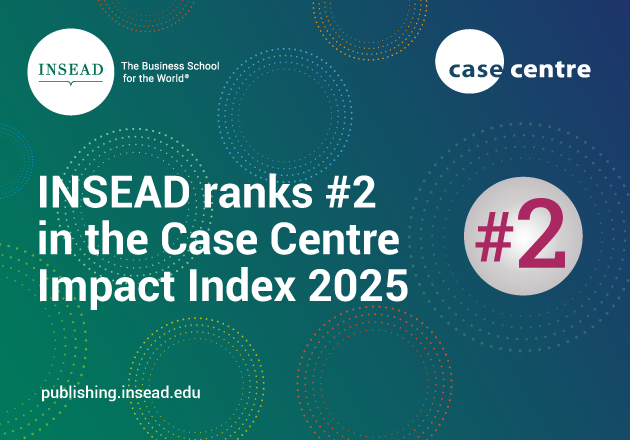In an age where digital experiences hinge on fast, flawless visuals across countless devices, Cloudinary has emerged as a category-defining software-as-a-service (SaaS) solution for AI-driven image and video optimization. Founded in 2012, the company tackles a universal pain point: how to deliver the right image, perfectly formatted for every screen—without manual intervention. The product, Cloudinary Image, leverages AI tools such as automatic cropping and intelligent resizing to streamline media delivery for developers, marketers and creatives.
Students consider the challenges of image optimization in the era of AI as the case goes through the history and growth of Cloudinary. A supplementary technical coding exercise provides them with hands-on experience of building a simplified version of an automatic cropping tool based on a deep learning model for saliency detection. The two parts enrich discussion of AI-enabled product innovation, the role of deep learning in real-world applications, and the trade-offs in deploying such systems at scale.
The authors acknowledge the support of Amit Golan, SVP of Emerging Business at Cloudinary and INSEAD MBA 2009, Ilia Tstelin, Professor of Decisions Sciences at INSEAD, and Yaron Vaxman, Senior Director of Deep Learning at Cloudinary.
The case narrative and the technical coding exercise provide the flexibility to teach a variety of topics related to AI in the context of image optimization. They are structured in layers – drawing a parallel with the multi-layered deep neural networks underlying modern AI – to allow the instructor to go as deep and technical as the audience requires. The primary learning objective is to emphasize the role of deep learning in the overall AI value creation business model and understand how AI can be used to solve real-world business problems at scale.
The case has been successfully taught in MBA and master’s in management (MIM) electives.
- Deep learning
- computer vision
- neural network
- image optimization
- genAI disruption
- transfer learning
- visual asset management
- SDG9 Industry, Innovation and Infrastructure
- Q32025






